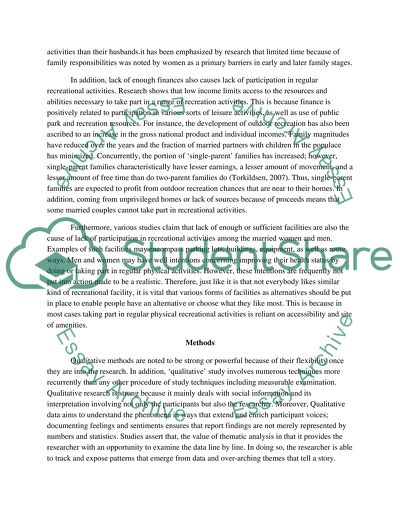Cite this document
(Reasons for Non-Participation in Regular Physical Recreation Research Proposal, n.d.)
Reasons for Non-Participation in Regular Physical Recreation Research Proposal. Retrieved from https://studentshare.org/sociology/1484704-qualitative-study-of-reasons-for-non-participation
Reasons for Non-Participation in Regular Physical Recreation Research Proposal. Retrieved from https://studentshare.org/sociology/1484704-qualitative-study-of-reasons-for-non-participation
(Reasons for Non-Participation in Regular Physical Recreation Research Proposal)
Reasons for Non-Participation in Regular Physical Recreation Research Proposal. https://studentshare.org/sociology/1484704-qualitative-study-of-reasons-for-non-participation.
Reasons for Non-Participation in Regular Physical Recreation Research Proposal. https://studentshare.org/sociology/1484704-qualitative-study-of-reasons-for-non-participation.
“Reasons for Non-Participation in Regular Physical Recreation Research Proposal”, n.d. https://studentshare.org/sociology/1484704-qualitative-study-of-reasons-for-non-participation.


